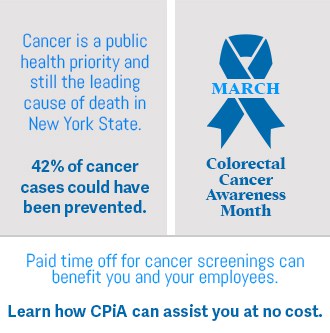What is “Head and Neck Cancer”?
Head and Neck Cancer refers to any cancers located in the oral cavity, pharynx (throat), larynx (voice box), sinus cavities, and salivary glands (see fig. 1). These types of cancers account for 4% of all cancer diagnoses.

Figure 1. “Head and Neck Cancer Regions”. Head and Neck Cancers. National Cancer Institute. 25 May 2021. https://www.cancer.gov/types/head-and-neck/head-neck-fact-sheet.
Common Risk Factors
Alcohol and Tobacco Use (including secondhand smoke and smokeless tobacco): People who use both tobacco and alcohol are at greater risk of developing these cancers than people who use either tobacco or alcohol alone. Most head and neck squamous cell carcinomas of the mouth and voice box are caused by tobacco and alcohol use.
HPV Infection: Persistent HPV infection is a risk factor for oropharyngeal cancers that involve the tonsils or the base of the tongue. In the United States, the incidence of oropharyngeal cancers caused by HPV infection is on the rise. About three-quarters of all oropharyngeal cancers are caused by chronic HPV infection.
Gender: Oral cavity and oropharyngeal cancers are twice as common in men than in women, mainly because men have been more likely to use tobacco and alcohol in the past. HPV-related oropharyngeal cancers are also seen more often in men (of the estimated 54,540 new cases of head and neck cancers in 2023, 39,290 will be diagnosed in men).
Screening
Currently, there are no standard preventative screening measures for head and neck cancers. Because of this, 66% of head and neck cancers are not diagnosed until stages three and four (which is when symptoms typically manifest). It is a good idea to understand the symptoms of head and neck cancers (see fig. 2) and know to seek medical attention if any of those symptoms persist. Due to the locations, cancers of the head and neck cancer have symptoms that can negatively impact everyday functions, such as breathing, eating, drinking, and speaking.

Figure 2. Adapted from “Head and neck cancer infographic”. Oncology Central. https://www.oncology-central.com/infographics/head-and-neck-cancer-infographic/
Ways to Reduce the Risk
- Make healthy choices the norm, such as eating nutritious foods and getting plenty of exercise and sleep each day and night.
- Vaccinate adolescents and young adults (ages 9-26) against HPV. Preventing HPV infections dramatically decreases the chances of a person getting an HPV-related cancer, including head and neck cancers.
- Avoid excessive drinking.
- Don’t smoke. If you or someone you know is a smoker, there are many free programs available to assist in smoking cessation. Here is some information from the CDC and the New York State Department of Health.
Click here to learn more about how CPiA is taking action against head and neck cancers.
CPiA has recently teamed up with the “beneath the surFACE” program at SUNY Upstate Cancer Center. Beneath the surFACE is an awareness and education outreach program that focuses on educating students on the importance of avoiding tobacco, excessive alcohol use, and receiving the HPV vaccine to reduce the risk of head and neck cancers. A 2018 documentary both highlights this program and interviews survivors of head and neck cancers to detail the grueling process of their treatments. See the full 32-minute documentary below.
Sources:
• American Cancer Society. Facts and Figures 2023.
• 50 Facts about Oral, Head and Neck Cancer. ENThealth. https://www.enthealth.org/be_ent_smart/50-facts-about-oral-head-and-neck-cancer/
• Head and Neck Cancers. National Cancer Institute. 25 May 2021. https://www.cancer.gov/types/head-and-neck/head-neck-fact-sheet.
• Head and neck cancer infographic. Oncology Central. https://www.oncology-central.com/infographics/head-and-neck-cancer-infographic/







